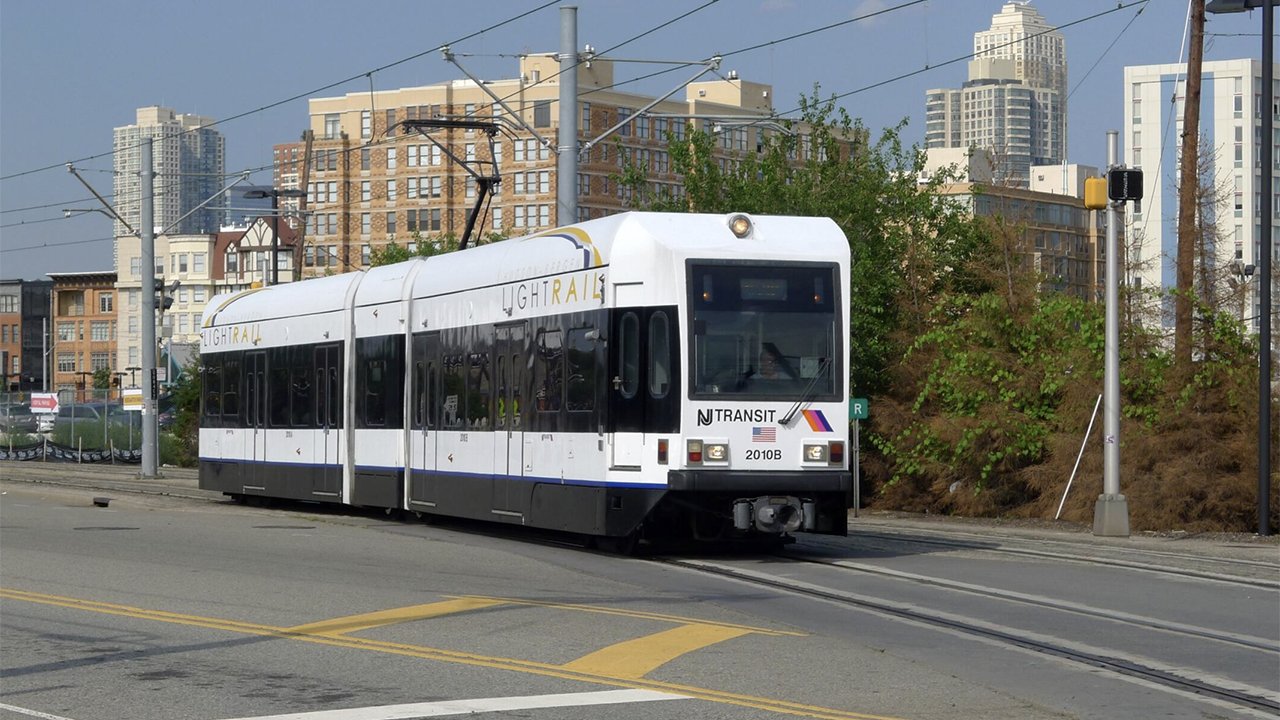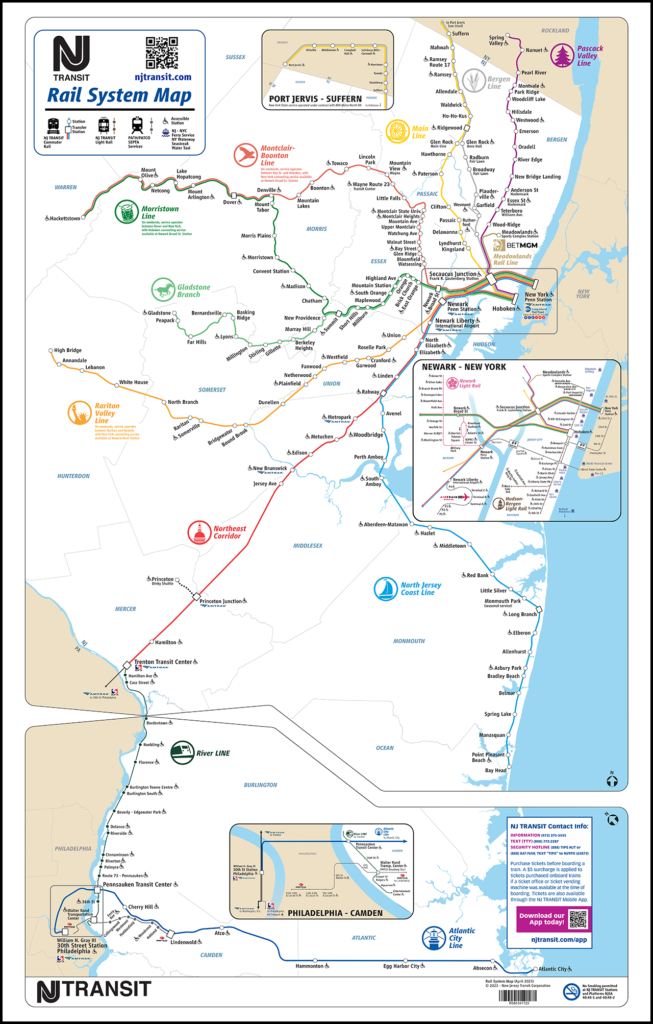
NJT Deploying AI Systems to Boost Grade Crossing Safety
Written by Marybeth Luczak, Executive Editor
(Wikimedia Commons/King of Hearts)
New Jersey Transit (NJT) will use a $1.6 million federal grant to implement Artificial Intelligence (AI)-powered systems that it said would help improve safety by reducing accidents at light rail grade crossings and on rights-of-way.
The project is one of 34 projects selected for the U.S. Department of Transportation’s (USDOT) Strengthening Mobility and Revolutionizing Transportation (SMART) Grants program for Fiscal Year (FY) 2023. USDOT last month announced the awards for Stage 1 of SMART’s two-stage program, which includes planning and prototyping. The Infrastructure Investment and Jobs Act (IIJA) established this discretionary grant program with $100 million appropriated annually for FY 2022-2026. The aim is to fund projects that “focus on advanced smart community technologies and systems in order to improve transportation efficiency and safety.”
NJT on April 1 reported that it will work with the Rutgers University Center for Advanced Infrastructure and Transportation (CAIT) on research and development of an AI-powered technology solution. The data collected will provide “critical information to help reduce pedestrian and vehicle strikes and serve as a foundation for community-driven safety improvement solutions,” said the transit agency, which provides more than 925,000 weekday trips on three light lines, 12 commuter rail lines and 263 bus routes, and through Access Link paratransit service.

In Stage 1 of the project, NJT and Rutgers CAIT will “prototype a tailored AI-powered technology solution consisting of stationary cameras at five light rail grade crossings, and forward-facing cameras in one Hudson-Bergen Light Rail vehicle,” according to the transit agency. Stage 1 will culminate in a network-wide implementation plan geared toward improving pedestrian and vehicle safety, NJT said.
The NJT-Rutgers CAIT solution “will leverage cutting-edge AI algorithms, including deep learning, to analyze real-time camera video data from light rail grade crossings (captured by stationary cameras) and rights-of-way (captured by forward-facing cameras in light rail vehicles) using Edge Computing technologies,” NJT explained. “For grade crossing safety monitoring, the AI system will identify the activation of warning devices (e.g., signals and gates) and subsequently detect safety events, considering factors such as trespasser type (e.g., pedestrian or vehicle), time of occurrence, movement trajectory, weather conditions, proximity to the train’s arrival, and other critical factors.”
In Stage 2, NJT said it will proceed with the implementation of the AI-powered solution at 50 grade crossings and five light rail vehicles on its light rail systems in an effort to increase safety, reduce delays, and “ensure that a wide array of communities across the state will benefit from improved access to safe transportation options.”
“Alongside Rutgers CAIT, we are working to set a new standard in transportation safety aimed at preventing grade-crossing incidents leveraging the power of AI,” NJT President and CEO Kevin S. Corbett said.
“Equipping rail grade crossings and critical infrastructure with AI-powered technologies allows NJT to collect and analyze previously unattainable safety data,” Rutgers CAIT Director Dr. Ali Maher said. “This information will serve as the foundation for data-driven safety countermeasures that will be deployed to protect communities, reduce service delays, and enhance rail reliability throughout New Jersey.”
Following are among the other rail-related projects that were awarded SMART grants:
- $2 million to Los Angeles County Metropolitan Transportation Authority (LACMTA) for the Rail Crossing Gate Optimization Project, which will “upgrade rail crossing gate detectors with wireless technology and improve detection of pedestrians, drivers, and cyclists to reduce unnecessary gate downtime.”
- $2 million to San Francisco Bay Area Rapid Transit District (BART) for the BART Leveraging GTFS Pathways for Improved Wayfinding and Accessibility project, which will “deploy digital wayfinding aids and station facility information, integrated and shared through public-facing endpoints in an open data standard.”
- $2 million to New York Metropolitan Transportation Authority (MTA) for the NY MTA – Automated Train Inspection Portal, an “integrated railcar inspection system that would utilize a suite of sensors and software systems to create automated alerts of undesirable conditions.”
- $1.3 million to Southern California Regional Rail Authority (Metrolink) for the Smart Track Intrusion Systems and Positive Train Control project, which will “deploy AI for track intrusion detection, paired with positive train control systems, on a 1.5-mile stretch of regional railway in a dense urban area.”
Download the complete SMART Program award list here:
Separately, NJT, Rutgers CAIT, and International Association of Public Transport (UITP), last year signed an agreement to establish UITP’s first North American Regional Transit Center, which they said would “bring world-class transportation training to the region and the continent, helping to develop the next wave of leaders in the transit space.”



